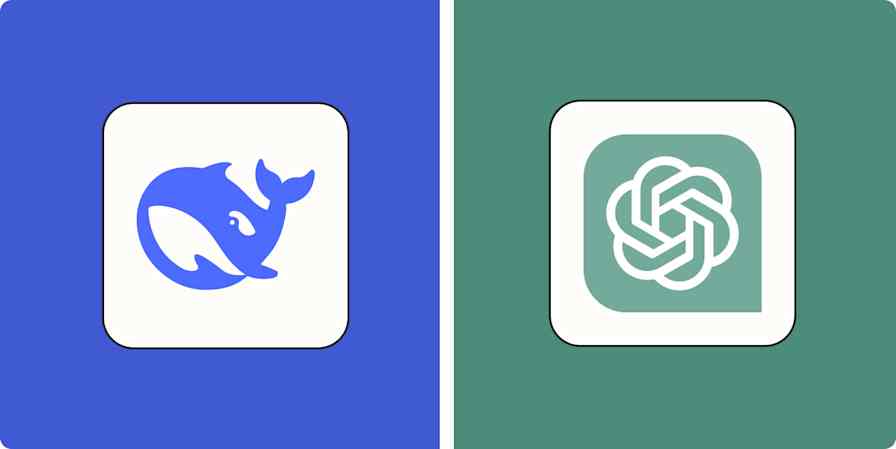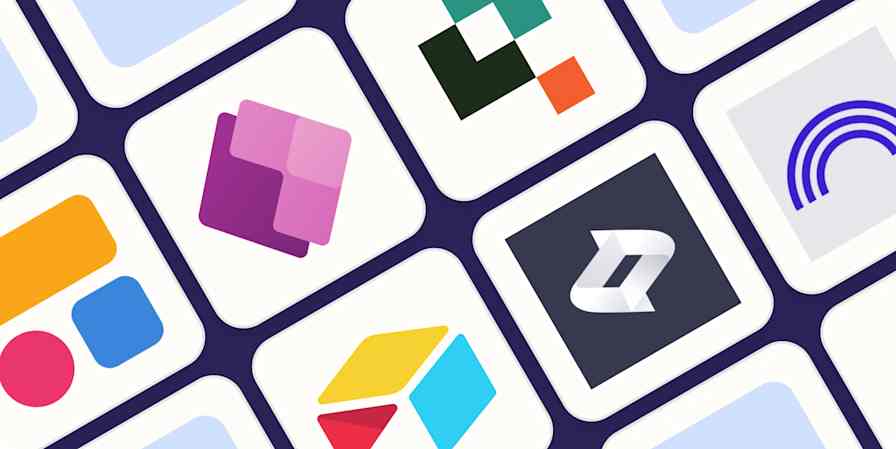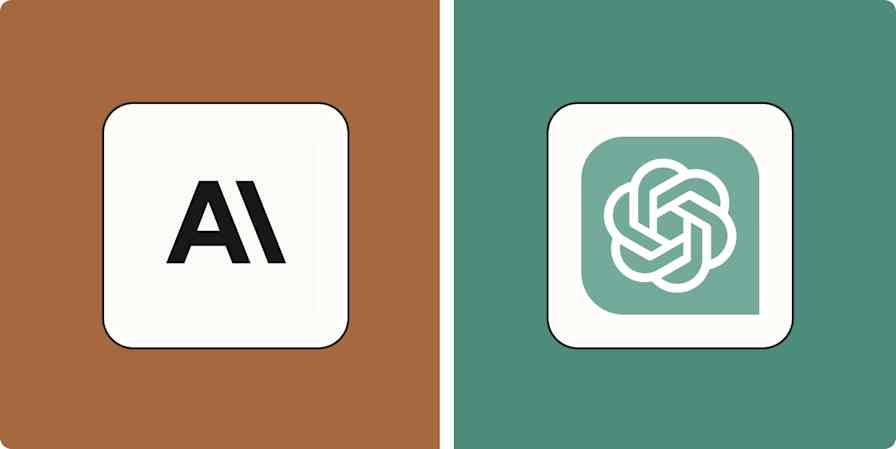Automation inspiration
3 min readCreate custom versions of ChatGPT with GPTs and Zapier
Build your own AI assistants that pull in the power of Zapier's 7,000+ apps.
By Elena Alston · November 6, 2023

Get productivity tips delivered straight to your inbox
We’ll email you 1-3 times per week—and never share your information.
Related articles
Improve your productivity automatically. Use Zapier to get your apps working together.








